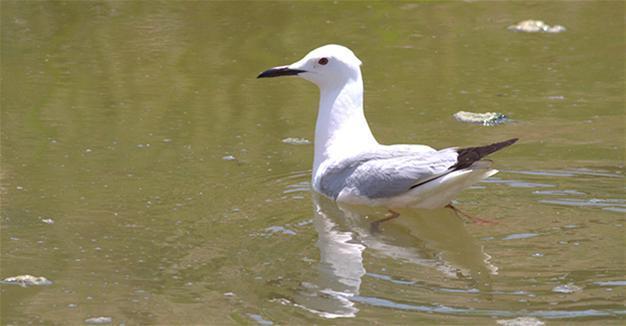Endangered birds to be tracked with radar system in Turkey
ANKARA

AA photo
Endangered birds will be tracked with a radar system as part of a new project developed by the Turkish Environment and Urbanization Ministry.
According to the “Bird Surveillance System Feasibility Project,” the migration and passage routes and shelter and reproduction areas of endangered bird species, including flamingos, steppe eagles, eastern imperial eagles, peregrine falcons and cranes, will be tracked for the first time with a radar system in Turkey.
The ministry’s General Directorate for Protection of Natural Assets have been continuing efforts to increase the effectiveness of protection works of endangered birds for a while, Anadolu Agency reported on June 14.
In addition to keeping track of the endangered species, the ministry aims to prepare an inventory of the birds under threat of becoming extinct in Turkey.
The “Bird-Aircraft Collision Avoidance Radar System” (KUŞRAD), Turkey’s first national bird detection radar, developed by the Scientific and Technological Research Council of Turkey (TÜBİTAK) in order to prevent planes from crashing into birds at airports, will also be integrated into the “Bird Surveillance System Feasibility Project.”
The system will be used to track and protect birds in specially protected environment areas and protected natural areas.
In addition, the location of birds on the move will be determined even if they are at altitudes that cannot be seen with the naked eye.
Until now, the ministry has tracked birds with observations or a chip planted on a single bird from every endangered species. Now, with the help of the project, scientific observations regarding collective bird movements will also be made.
The feasibility efforts have started on a total of 15 specially protected environment areas and protected natural areas regarding the entry and exit points of the birds into Turkey and the route they use.
The ministry determined areas in several different cities, including Ankara, the southwestern province of Muğla, the Black Sea province of Samsun and the southern province of Mersin.
As a result of the studies, the ministry will determine two pilot spots with priority before launching the project in those areas in 2018.
The migration routes that will be determined scientifically at the end of the project will constitute a basis for the decisions to be taken by the ministry regarding the use of the areas.
